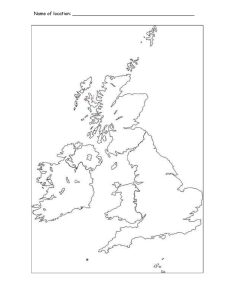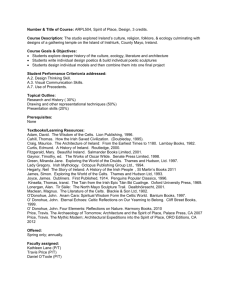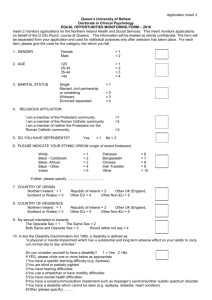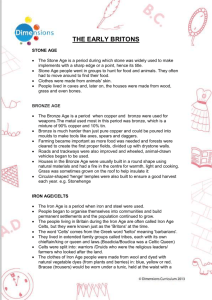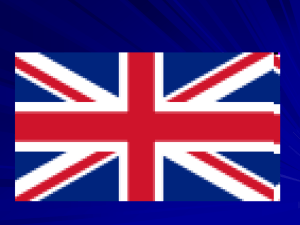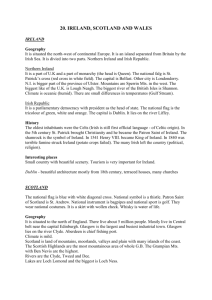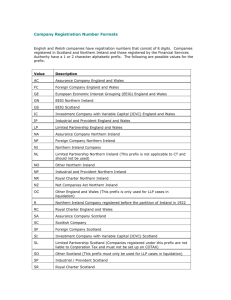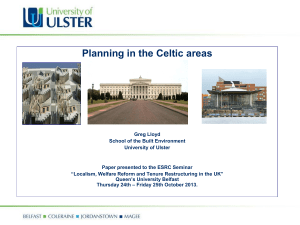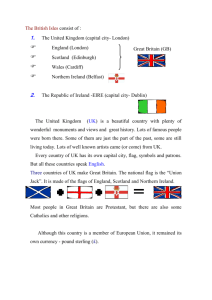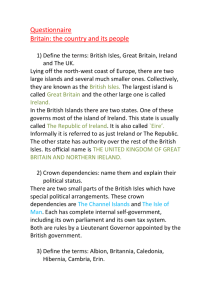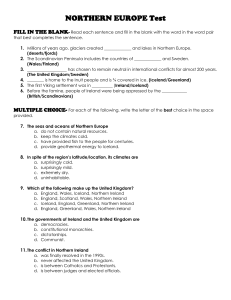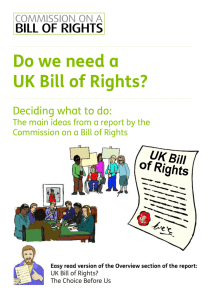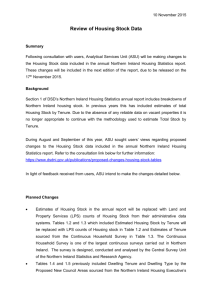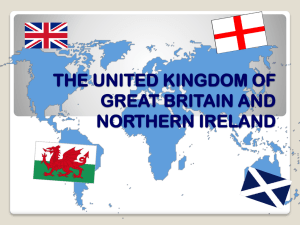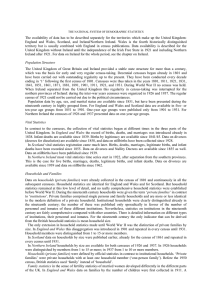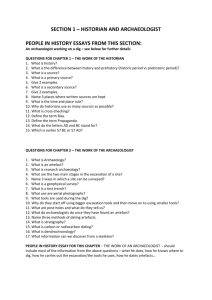Ireland Economy and History
advertisement
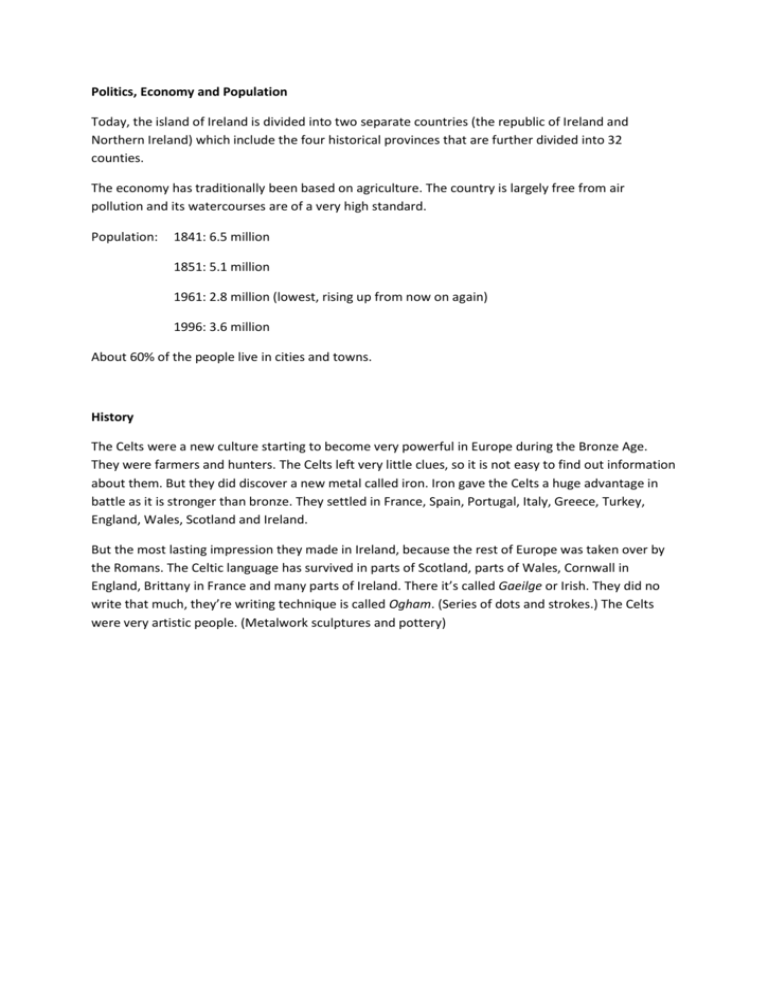
Politics, Economy and Population Today, the island of Ireland is divided into two separate countries (the republic of Ireland and Northern Ireland) which include the four historical provinces that are further divided into 32 counties. The economy has traditionally been based on agriculture. The country is largely free from air pollution and its watercourses are of a very high standard. Population: 1841: 6.5 million 1851: 5.1 million 1961: 2.8 million (lowest, rising up from now on again) 1996: 3.6 million About 60% of the people live in cities and towns. History The Celts were a new culture starting to become very powerful in Europe during the Bronze Age. They were farmers and hunters. The Celts left very little clues, so it is not easy to find out information about them. But they did discover a new metal called iron. Iron gave the Celts a huge advantage in battle as it is stronger than bronze. They settled in France, Spain, Portugal, Italy, Greece, Turkey, England, Wales, Scotland and Ireland. But the most lasting impression they made in Ireland, because the rest of Europe was taken over by the Romans. The Celtic language has survived in parts of Scotland, parts of Wales, Cornwall in England, Brittany in France and many parts of Ireland. There it’s called Gaeilge or Irish. They did no write that much, they’re writing technique is called Ogham. (Series of dots and strokes.) The Celts were very artistic people. (Metalwork sculptures and pottery)
